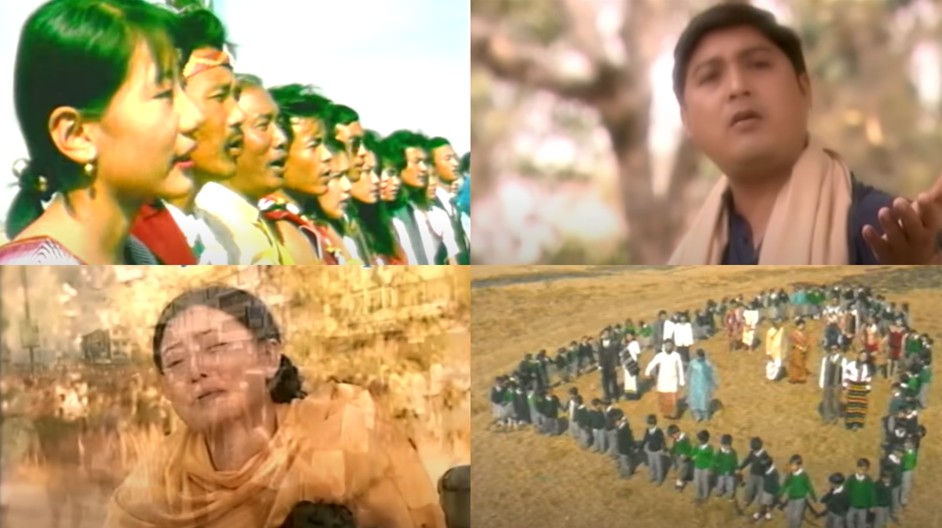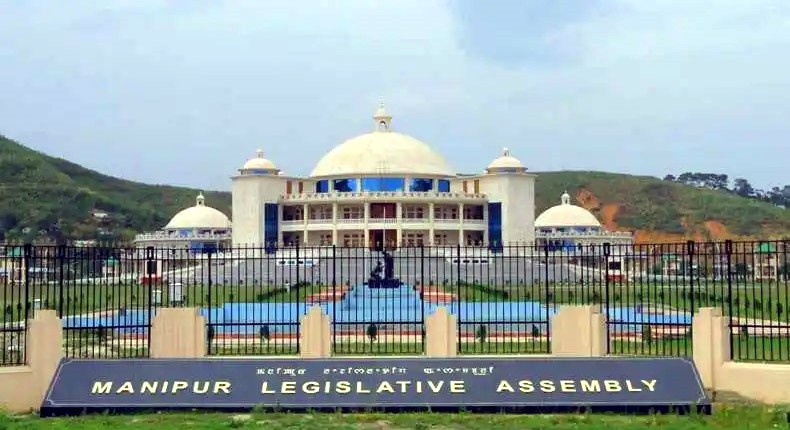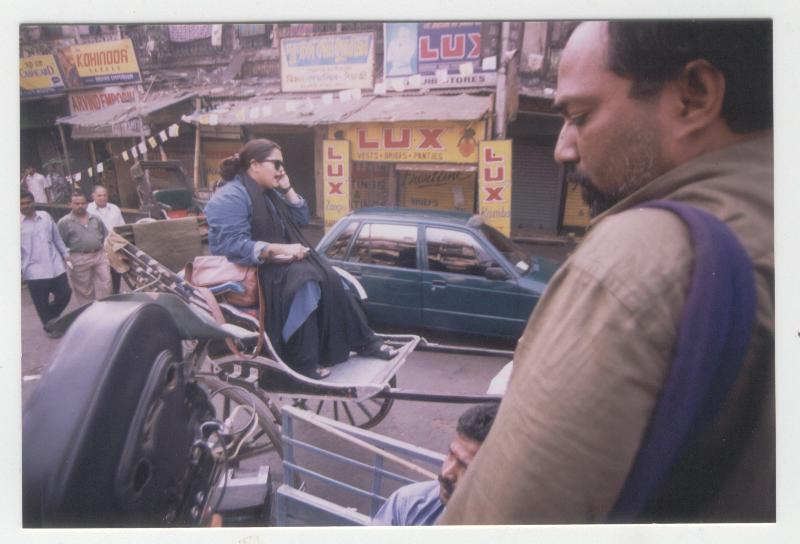One of the biggest fallacies popularised in postcolonial India is the claim that the Indian tri-colour flag was first hoisted on April 14, 1944. This too was supposed to have happened on “the sacred soil of India” at Moirang. However, the irony is that Manipur only became a part of “India” after the controversial Manipur Merger Agreement, signed on September 21, 1949. The assertion is again misleading since the flag hoisted was not the present Indian tricolor flag but the tricolor with a tiger adopted by the Indian National Army. The current Indian tricolor flag was adopted by the Constituent Assembly held on July 22, 1947, and later became official on August 15, 1947. Thus there is no reason to confuse between the two tri-colours.

Shishak, an INA veteran, also confirmed in one of his interviews that it was not the tricolour but the INA flag that was hoisted in Moirang. Another narrative is also that Netaji Subhas Chandra Bose himself hoisted the first tricolor flag of Indian Independence on December 30, 1943, in Jimkhana Club Port Blair. It was Colonel Shaukat Malik of the Indian National Army who hoisted the flag in Manipur, not for the first time, but following Netaji Subash Chandra Bose’s act. Nevertheless, the hoisting in Manipur cannot be claimed to have taken place in India since Manipur was then a separate kingdom. Even India attained freedom in 1947, and the current India was constructed only after its independence by the union of many kingdoms. Therefore, the claim of hoisting the tricolor for the first time on the “sacred soil of India” is incorrect as India’s territory was not yet defined in 1944. Sadly, this false and distorted narrative continues to be taught in schools in Manipur. The government of Manipur also commemorates it every year, even though the rest of India seems unconcerned about it.
In her book, The Past As Present: Forging Contemporary Identities Through History, Indian Historian Romila Thapar discussed the importance of interpreting the past carefully and rigorously if we are to clearly understand the present otherwise the past is used as a political propaganda. Why then would this historical event of the Indian National Army be misinterpreted and celebrated as a historical fact? This seems deliberate. Since the Manipur Merger Agreement has never ceased to be a contested issue, commemorating such an event might project a pre-existing collectively imagined nationalism onto a region with a complex and autonomous history.
This also removes the political consciousness of the then Manipuris who were able to transform Manipur into a constitutional monarchy and drafted a democratic constitution to govern themselves. More troublingly, such distortions serve to delegitimize and dehumanize those who were killed in India’s state making project while simultaneously legitimizing its territoriality by fabricating a connection to a past that was neither historically accurate nor territorially coherent.












